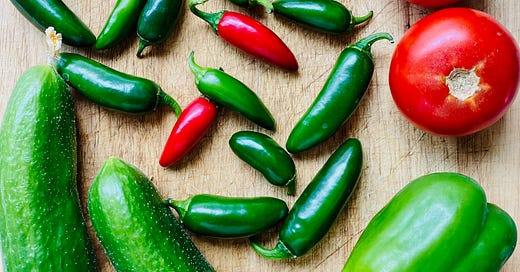Upgrade to paid to play voiceover
Hi friends and Happy Friday! It’s been a beautiful sunshine-y week here in Southern California and I’m just about done with the cough I’ve had, so yay for that.
February is whizzing by and I want to give you a heads up for what will be happening in March. I think you are going to LOVE it! We will be cooking together, you and me. I’m calling it the 4 Wee…
Keep reading with a 7-day free trial
Subscribe to Betty Eatz Newsletter to keep reading this post and get 7 days of free access to the full post archives.





